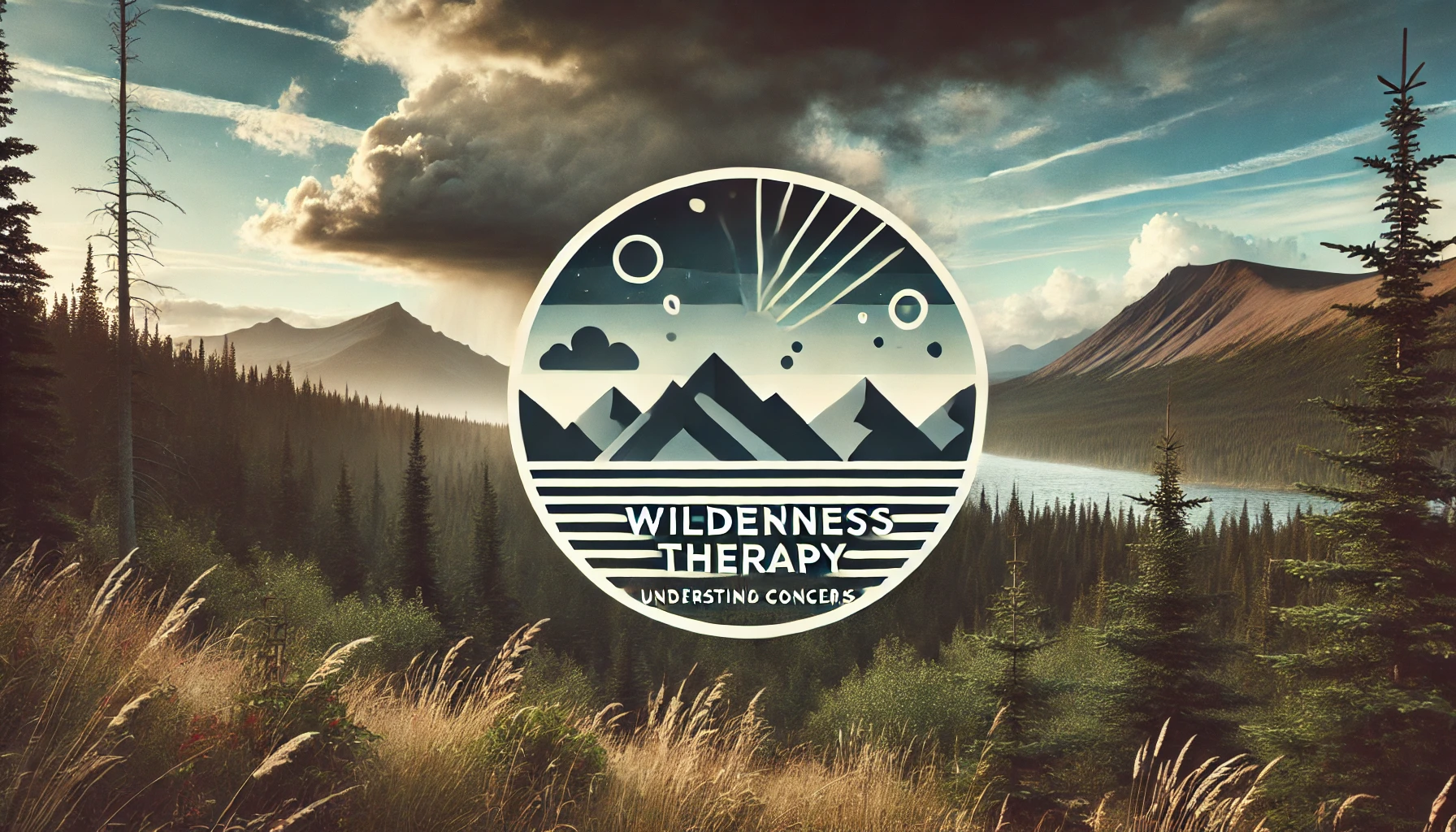When considering wilderness therapy programs, understanding the concerns surrounding them is crucial. This article delves into the BlueFire Wilderness complaints and provides an overview of the program, helping families make informed decisions. BlueFire Wilderness combines nature and therapeutic interventions, but it has faced several complaints related to safety, cost, staff qualifications, and communication. Here’s a closer look.
Program Overview
BlueFire Wilderness is designed for youth aged 11 to 28. It aims to help participants overcome various challenges, including mental health issues and behavioral disorders. The program integrates clinical expertise, wilderness experiences, and adventure therapy. By engaging in outdoor activities, participants can achieve personal growth and healing.
Key Components of BlueFire Wilderness
- Clinical Approach: Therapists work with clients in the field multiple days a week, offering both individual and group therapy sessions.
- Adventure Therapy: Participants engage in challenging activities that promote self-discovery and personal growth.
- Family-Centered Approach: The program involves families in the therapeutic process, fostering reconnection and collaborative change.
- Base Camps: Equipped with yurts and tents, these serve as a safe home environment for participants.
- Equine Therapy: Interaction with horses helps participants develop healthy relationships and communication skills.
While these elements contribute to the program’s appeal, understanding the BlueFire Wilderness complaints is equally important for potential participants and their families.
Key Concerns and Complaints
1. Safety Issues
Safety concerns have been at the forefront of many BlueFire Wilderness complaints. Former participants have reported feeling mistreated and unsafe during their time in the program. In some cases, individuals experienced traumatic events that raised questions about the program’s safety protocols.
Additionally, hygiene issues have also surfaced. Some participants indicated they lacked proper facilities for bathing and cleaning, which can affect overall well-being during their stay.
2. Program Costs
Cost is another significant concern raised in BlueFire Wilderness complaints. Families often find the expenses associated with wilderness therapy to be a burden. The financial commitment can deter families from considering this therapeutic option, especially when faced with the potential for negative experiences.
The length of the program, the level of care provided, and the range of therapeutic activities all contribute to the overall cost. Understanding the financial implications is essential for families weighing their options.
3. Staff Qualifications
The qualifications of the program’s instructors have also been called into question. Participants have expressed concerns about whether staff members are adequately trained to handle the challenges presented in a wilderness therapy setting. Having well-trained staff is crucial for ensuring participant safety and program effectiveness.
Families should inquire about the staff’s qualifications and experience before enrolling their children in any program.
4. Treatment Efficacy
Another topic of discussion among BlueFire Wilderness complaints is the overall effectiveness of the therapy. Some individuals question the program’s success rate and whether it can genuinely facilitate lasting change.
Evidence supporting the program’s effectiveness is often debated, leading to uncertainty for families considering this option. Exploring success stories alongside complaints can help provide a more balanced perspective.
5. Communication Issues
Effective communication is vital in any therapeutic setting. However, problems related to communication between parents, teens, and program staff can detract from the overall experience. Misunderstandings can lead to frustration and hinder progress during therapy.
Families should ensure that clear lines of communication are established before enrolling in the program. This can help prevent issues down the line and foster a collaborative environment.
Success Stories
While complaints are important to consider, it’s equally vital to acknowledge the success stories that arise from BlueFire Wilderness. Many participants have experienced profound transformations through their time in the program.
Positive testimonials often highlight the following:
- Personal Growth: Participants frequently report increased self-awareness and resilience. They learn to navigate challenges in healthier ways.
- Strengthened Relationships: Families have noted improvements in communication and bonds after participating in the program together. The family-centered approach allows for meaningful reconnections.
- Skill Development: Many participants acquire life skills and coping mechanisms that extend beyond their time in the wilderness.
These success stories are critical for understanding the program’s potential benefits alongside the BlueFire Wilderness complaints.
Comparison with Other Programs
When evaluating BlueFire Wilderness, it’s essential to compare it with other wilderness therapy programs. While each program has its strengths and weaknesses, some key factors to consider include:
- Cost: Many programs vary significantly in price. Families should assess the financial implications of each option.
- Program Length: Different programs offer various lengths of stay, which can affect therapeutic outcomes and costs.
- Staff Qualifications: Understanding the qualifications and experience of staff across programs is crucial for ensuring participant safety and effective treatment.
Comparing these aspects can help families determine which program aligns best with their needs and expectations.
Exploring Financial Assistance Options
Recognizing the financial burden wilderness therapy can impose, BlueFire Wilderness offers several financial assistance options. These may include:
- Scholarships: Some families may qualify for scholarships that help offset costs.
- Sliding Scale Fees: This option allows fees to be adjusted based on family income, making the program more accessible.
- Flexible Payment Plans: Offering various payment structures can help ease the financial strain on families.
Prospective participants are encouraged to inquire about these options during the enrollment process to ensure they fully understand the financial commitments involved.
Frequently Asked Questions (FAQs)
What age groups does BlueFire Wilderness serve?
BlueFire Wilderness is designed for youth aged 11 to 28, offering tailored therapeutic experiences for each age group.
How long do participants typically stay in the program?
The length of stay can vary based on individual needs, with programs often ranging from several weeks to a few months.
What should families expect regarding communication with staff?
Families should expect regular updates and opportunities for communication with staff throughout the participant’s time in the program. Open communication is encouraged to support progress.
Are there any success rates available for the program?
While specific success rates may vary, BlueFire Wilderness encourages families to inquire about testimonials and case studies that showcase positive outcomes from previous participants.
Conclusion
In summary, understanding the BlueFire Wilderness complaints is vital for families considering this therapeutic option. While concerns regarding safety, costs, staff qualifications, and treatment efficacy are crucial to address, it’s also important to acknowledge the positive transformations that many participants experience.
Families should weigh these factors carefully and conduct thorough research before enrolling in any wilderness therapy program. By considering both the complaints and success stories, you can make a more informed decision that aligns with your child’s needs. Remember, individual experiences may vary, so thorough investigation and open communication with program staff are key to ensuring a positive experience.
If you have any further questions about BlueFire Wilderness or the wilderness therapy process, don’t hesitate to reach out! Your child’s well-being is paramount, and gathering all necessary information is the first step in making the right choice.


